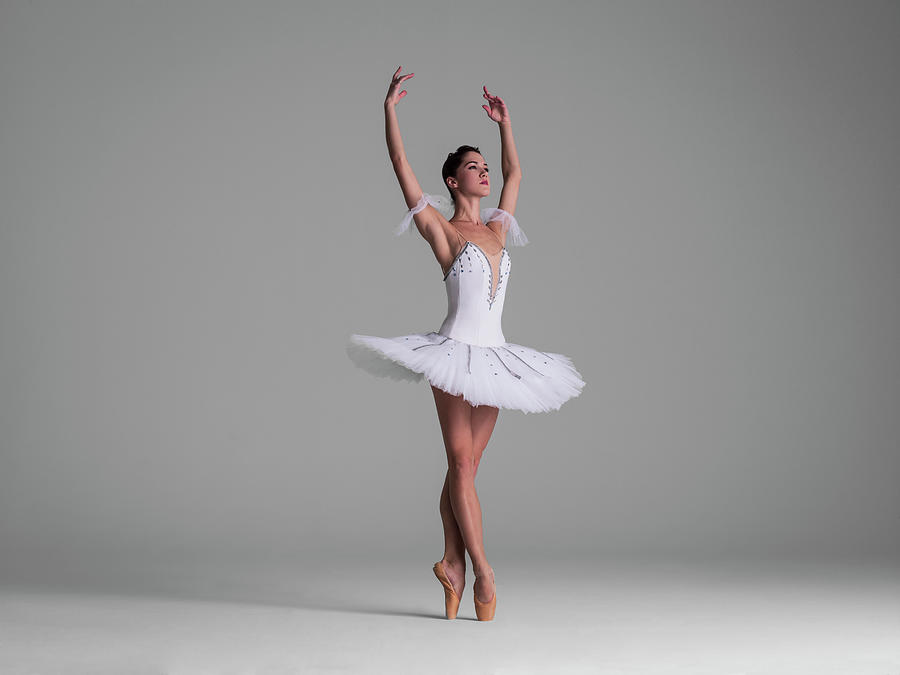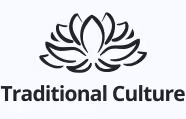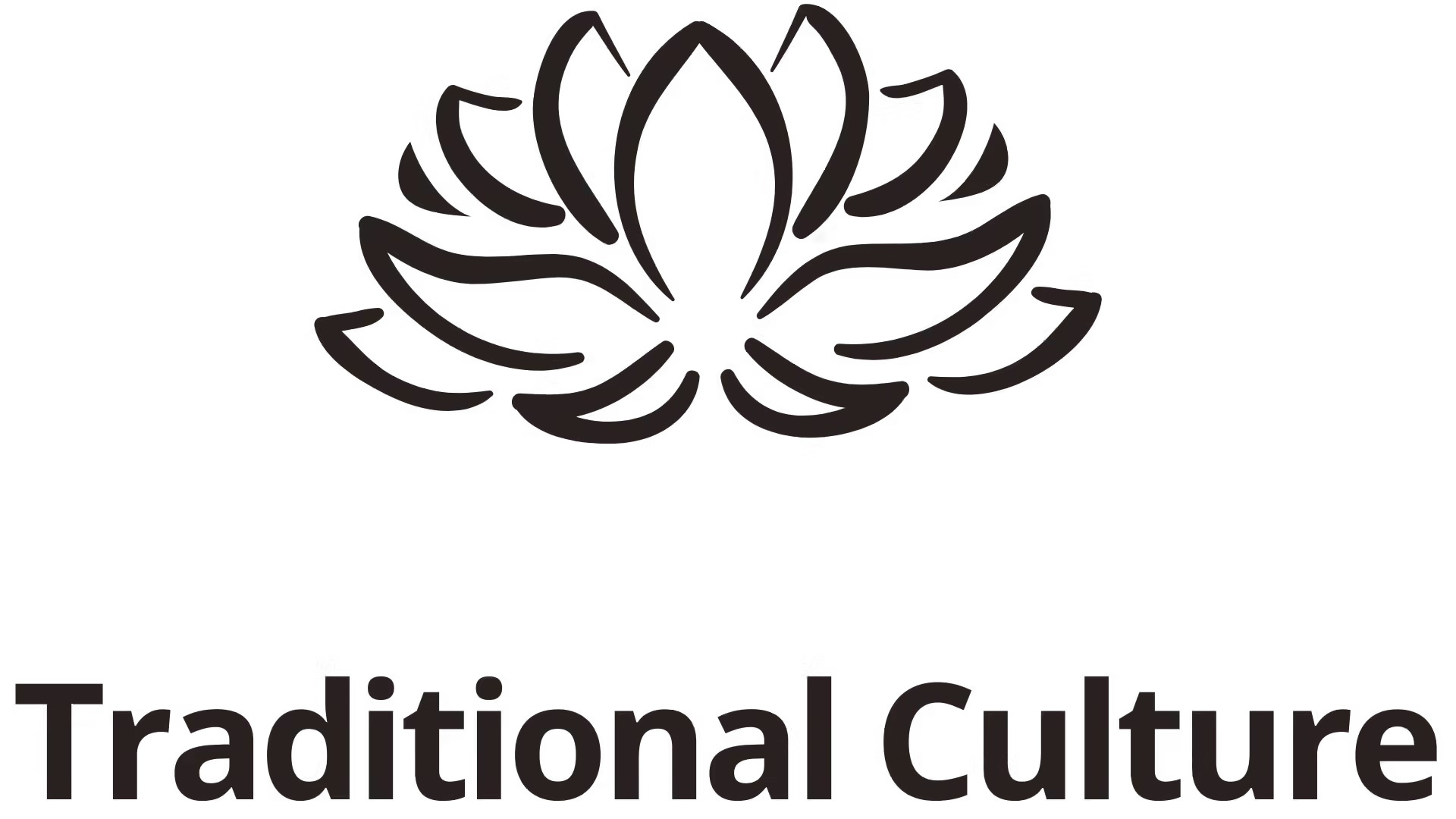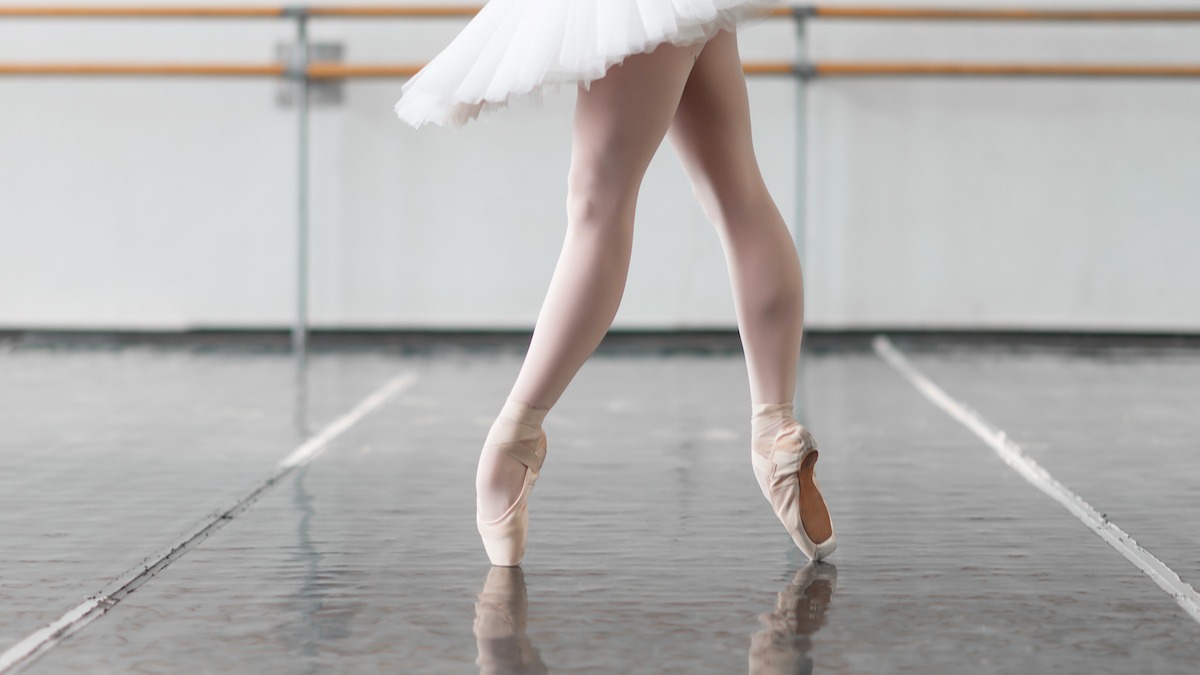Relevé is more than just a technique; it embodies the essence of grace, strength, and artistry in movement. When one thinks of relevé, images of dancers soaring on their toes come to mind—an exquisite display of poise and beauty. It serves as a bridge between physical prowess and artistic expression, making it an essential skill in the ballet dancer’s repertoire. Delving into this captivating technique reveals its significance not only in terms of physical training but also in its broader implications for well-being, creativity, and community within the dance world.
Understanding the Fundamentals of Relevé
Before embarking on the enchanting journey of mastering relevé, it’s crucial to understand the fundamental principles that underlie this captivating technique. At its core, relevé translates from French as “raised” or “lifted,” aptly describing the action of rising onto the toes. This section will explore the essential mechanics, the importance of balance and posture, and how these elements come together to create the beautiful movement we see on stage.
The Mechanics of Relevé
The mechanics of relevé involve a combination of strength, control, and finesse. To execute a proper relevé, a dancer must begin from a plié position, where the knees are bent and the heels stay grounded. This initial movement engages the muscles in the legs and prepares them for the lift that follows.
As the dancer transitions from plié to relevé, they gradually rise onto the balls of their feet, lifting their heels off the ground. This seemingly simple motion requires absolute precision and focus. The dancer must engage their core to maintain balance while ensuring that their weight is evenly distributed across the foot.
Beyond the technical execution, there is a poetic nature to this movement. Each relevé becomes a dance of energy, flowing upwards with intention. Dancers often describe the feeling of weightlessness that envelops them as they rise, which speaks to the profound connection between body and spirit in ballet.
The Importance of Balance and Posture
Balance is paramount in executing a successful relevé. A dancer must cultivate a strong sense of equilibrium, relying on their proprioceptive abilities to sense their body’s position in space. This awareness allows them to make necessary adjustments mid-movement, preventing any potential falls.
Posture plays a critical role in this equation. A strong, aligned posture enables dancers to project confidence and elegance. As they rise, their shoulders should remain relaxed yet engaged, their arms gracefully maintaining the lines of the body and enhancing the overall aesthetic of the movement.
A playful analysis of this concept reveals the duality of dance. On one hand, a dancer must demonstrate unwavering strength and control; on the other, they must exude softness and grace. This intricate balance creates a mesmerizing visual experience for the audience and fosters a deep bond between the performer and the art form.
Building Strength Through Practice
To master relevé, consistent practice is essential. This involves not only performing the movement itself but also engaging in supplementary exercises that build the requisite strength in the calves, ankles, and core.
Exercises such as calf raises, ankle circles, and core stability drills can significantly enhance a dancer’s ability to perform relevé with ease. However, beyond physical conditioning, mental preparation cannot be overlooked. Visualization techniques can help dancers mentally rehearse the movement, fostering confidence and reducing anxiety during performances.
Committing to a regimented practice routine ultimately pays dividends in a dancer’s journey. The process of honing their craft reveals layers of personal growth and resilience that extend far beyond the studio walls.
The Artistic Expression of Relevé

While relevé may initially seem like a mere technical requirement, it can become a subtle yet expressive element in dance when performed by skilled dancers. Through this movement, dancers can enhance their storytelling and emotional conveyance, adding depth to their performance. This section will explore the artistic components of relevé, emphasizing its role in expression and the fusion of technique with art.
Storytelling Through Movement
In ballet, movements contribute to storytelling, and relevé serves as one of many tools that dancers use to shape a performance. When a dancer executes a relevé, they are not merely lifting themselves off the ground; they are adding a dynamic shift in elevation that can influence the tone of their movement. For example, in a performance, a dancer might use relevé to create a sense of lightness or aspiration. The gradual rise onto their toes can suggest grace, effort, or transformation within the choreography.
Artistic expression in dance transcends language barriers, creating a universal connection that allows audiences to feel a range of emotions. The nuanced way dancers embody relevé adds layers to this narrative, transforming it from a technical exercise into a heartfelt act of communication.
Emotional Conveyance Through Relevé
Relevé is not solely about physicality; it can also contribute to emotional expression. When dancers rise into relevé, they may align the movement with the emotions conveyed in the performance, whether it be joy, tension, or elegance.
The subtleties of facial expressions and body language become crucial components of emotional conveyance. A dancer who performs a relevé with a gentle smile radiates warmth, while one who rises with furrowed brows may evoke tension or struggle. The interplay between movement and expression enhances the overall emotional impact.
Additionally, music influences how relevé is perceived. The rhythm and melody guide the dancer’s timing and execution, allowing them to synchronize their relevé with the musical score. This cohesion between movement and sound contributes to a more immersive experience for the audience.
The Synthesis of Technique and Artistry
One of the most fascinating aspects of relevé is how it elegantly fuses technical precision with artistic flair. While the dancer focuses on achieving perfect form and balance, they simultaneously express themselves through movement and interpretation.
This synthesis manifests in a variety of ways. A dancer may choose to complement their relevé with arm movements, directional changes, or subtle variations in tempo, enhancing the visual appeal. Such choices reflect individual style and contribute to the uniqueness of each performance.
Ultimately, the interplay between technique and artistry allows relevé to serve as more than just a fundamental skill. When thoughtfully incorporated into choreography, it becomes a meaningful element that enhances the beauty and expression of dance.
Enhancing Physical Well-Being Through Relevé
Beyond its aesthetic appeal, the practice of relevé offers numerous health benefits that contribute to overall well-being. Regularly incorporating this technique into a dancer’s training regimen fosters physical strength, flexibility, and mental clarity. This section will delve into the myriad advantages of practicing relevé, including its effects on bodily health, injury prevention, and mental wellness.
Strengthening Muscles and Improving Flexibility
Engaging in regular relevé practice targets key muscle groups, particularly in the calves and ankles. As dancers repeatedly rise onto their toes, they develop strength in these areas, leading to increased stability and power in their movements. Additionally, this focused training cultivates flexibility in both the feet and legs, enabling dancers to execute more complex movements with grace and ease.
The long-term benefits of these physical enhancements extend into daily life as well. Improved leg strength and flexibility translate to better posture and reduced fatigue during everyday activities.
Furthermore, strength training through relevé aids in the development of an overall balanced physique, which can fend off common issues associated with muscle imbalance and poor alignment.
Injury Prevention Strategies

Injuries are an unfortunate reality in any physical discipline, but practicing relevé with mindfulness can serve as a preventative measure. By building strength in the lower body and improving balance, dancers reduce their risk of sprains and strains, particularly in the ankles and knees.
Moreover, incorporating warm-up routines that emphasize stretching and mobility before dance sessions can further mitigate injury risks. This proactive approach to training promotes longevity in a dancer’s career and reduces the likelihood of setbacks.
A personal reflection on this topic reveals the importance of self-care within the dance community. Dancers are often driven to push their limits, but prioritizing injury prevention creates a foundation for sustained growth and success.
Mental Clarity and Focus
The practice of relevé not only nurtures physical strength but also fosters mental clarity and focus. As dancers work to maintain balance and control, they develop better body awareness and mental discipline. Additionally, incorporating controlled breathing or visualization techniques during training may help dancers refine their movements and stay focused.
By integrating relevé into their routine, dancers may experience increased mental engagement, which can positively impact their overall performance quality. The repetitive nature of relevé can encourage a moment of presence, allowing dancers to center themselves before or during a performance.
The Community Aspect of Relevé

Relevé extends beyond individual practice; it plays a significant role in fostering connection and camaraderie within the dance community. Whether in a classroom setting or during rehearsals, the shared experience of practicing relevé creates bonds among dancers, reinforcing a sense of belonging. This section will explore the communal aspects of relevé, emphasizing the importance of support, encouragement, and collaborative growth.
The Power of Support and Encouragement
In a ballet class filled with aspiring dancers, the act of performing relevé takes on new dimensions when done collectively. The presence of peers fosters an environment of encouragement, where dancers share tips, insights, and constructive feedback.
This supportive atmosphere is vital, especially for beginners who may struggle with balance or execution. Observing fellow dancers rise into relevé can inspire confidence, motivating individuals to keep pushing toward their goals.
Moreover, the sense of camaraderie that develops in these moments helps cultivate lasting friendships. Through shared experiences and mutual growth, dancers forge connections that transcend the confines of the studio.
Collaborative Growth and Learning
The journey of mastering relevé is a continuous learning process. In group settings, dancers have the opportunity to learn from one another, exchanging unique interpretations and styles. This collaborative exchange enriches the learning experience and encourages creativity.
Additionally, teachers often incorporate peer demonstrations, allowing students to observe various approaches to relevé. This exposure broadens their understanding of technique and encourages experimentation with different artistic expressions.
By fostering a culture of collaboration, dance communities create an environment that celebrates individuality while nurturing collective growth.
Celebrating Achievements Together
Every successful execution of relevé becomes a shared victory within the dance community. Whether it’s nailing a challenging sequence or reaching a personal milestone, these achievements are celebrated collectively.
This celebration reinforces the idea that dance is not just an individual pursuit; it is a communal art form that thrives on collaboration, support, and shared passion. Such moments of recognition fuel motivation and encourage dancers to continue striving for excellence.
Conclusion

The journey of mastering relevé encompasses much more than simply learning a technique; it is an exploration of artistry, physical strength, and community. From the mechanics of the movement to its emotional conveyance, every aspect intertwines to create a remarkable tapestry of expression and connection.
As dancers rise onto their toes, they embark on a transformative experience that transcends the boundaries of their craft. They invite audiences into their world, weaving narratives that resonate deeply. Simultaneously, they strengthen their bodies, foster relationships, and cultivate a sense of belonging within the dance community.
Ultimately, relevé stands as a testament to the beauty that lies at the intersection of artistry and athleticism. As we celebrate this captivating movement, we acknowledge its profound influence on both individual dancers and the larger creative landscape. The journey continues, as dancers embrace the elegance and strength of relevé, forever seeking to elevate not only their craft but the very essence of ballet itself.
✉️ Stay Connected — Subscribe for Weekly Updates
Discover timeless stories, practical wisdom, and beautiful culture — delivered straight to your inbox.
*We only share valuable insights — no spam, ever.






